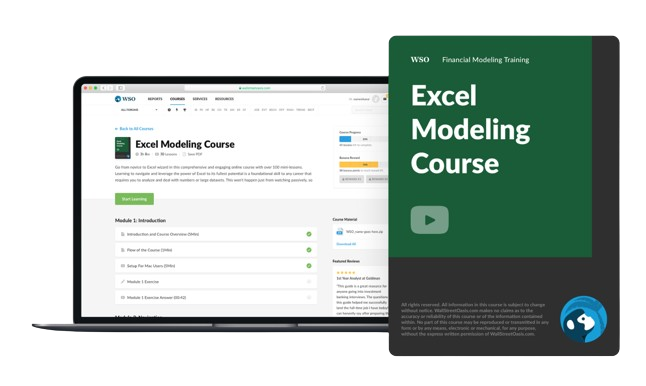Carry Benefits
What are Carry Benefits?
The carry of any asset is the cost or benefit of owning that asset. For example oil would have a negative carry as it requires storage, but a bond would have a positive carry as it pays interest.
There are many strategies involving a carry, for example:
- A mortgage originator borrows money in the wholesale markets at a rate of 3%
- The originator then lends that money out to homeowners at a rate of 6%
- The originator has made a profit of 3% on the carry
Private Equity Carry
In Private Equity, carry is the profit earning between buying a business and then selling it and this is the key component of senior compensation. Mitt Romney of private equity firm Bain Capital earns the vast majority of his salary through his stake in Bain Capital and the resulting carried interest profits.
Currency Carry Trade
https://www.youtube.com/watch?v=8In5PK1yUAA
There is also the idea of currency carry. The logic behind this concept is that one can borrow in a low yielding currency and then convert it to a higher yielding currency to earn the carry. A fantastic illustration of this is when the LTRO's were announced in Europe in late 2011 / early 2012, banks could borrow Euros from the ECB at 75 basis points (0.75%), convert the Euros to dollars and buy US Treasuries which pay 2% and, assuming the exchange rate was unchanged, earn 1.25% risk free.
This trade and idea becomes far more attractive when you consider that most currency trading is done with leverage, often at 10:1. For example, a trader in Frankfurt working for Deutsche Bank could have borrowed €1,000,000 from the ECB, leveraged it through money markets at 10x to €10,000,000, converted it to dollars approximately $13,500,000 (EURUSD at the time was roughly 1.35) and then bought US Treasuries for a yield of 2%. Every year the trader would be making $270,000 (€200,000) on the US Treasuries while only having to pay $10,500 (€7,500) in interest to the ECB. This gives a return of 19.25% (ignoring the money-market rate required to leverage up 10x).
In reality however, exchange rates do change and in the example above, the banks borrowing from the ECB under the LTRO would have made even more through currency carry as the Euro fell drastically against the dollar in mid-2012 so clearly there is more to the trade than just looking at borrowing and investing rates in different currencies.
Carry is NOT the same as arbitrage, because the investor can lose money if the prices of the asset change against them.
Free Resources
To continue learning and advancing your career, check out these additional helpful WSO resources:




or Want to Sign up with your social account?